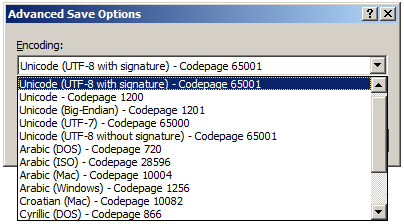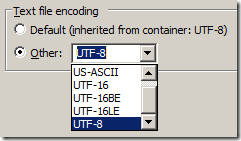 It appears that Google has removed most but not all review spam from the Moishe’s Moving System’s Places page and from many of the other Places pages affected by this scam. On Moishe’s Places page, the spam that remains (besides their response spam) was posted between July 1 and July 3 and seems to still affect 35 or so other moving companies nationwide. Whether Google just removed the spam affecting the most companies or it is still a work in progress is not yet clear. Kudos to Google for moving on this problem.
It appears that Google has removed most but not all review spam from the Moishe’s Moving System’s Places page and from many of the other Places pages affected by this scam. On Moishe’s Places page, the spam that remains (besides their response spam) was posted between July 1 and July 3 and seems to still affect 35 or so other moving companies nationwide. Whether Google just removed the spam affecting the most companies or it is still a work in progress is not yet clear. Kudos to Google for moving on this problem.
Here are a few samples of the spam that still remains and is affecting moving companies country wide:
- quoted me a price that was literally 3 times that of 3 other companies. shop around!
- at length about my move and was told that I would only be charged from pick up to drop off
- They quoted me a high up front price, but promised no more surprises.
- was most expansive (30% higher then the rest)
Another interesting sidelight is that Google is not alone in having been hit with this spam. According to Google’s index, Superpages has been seeing this stuff since February, 2010. It is also present in Rateitall.com, Judy’s Book, Yellowbot, InsiderPages, MyMovingReviews and Kudzu starting last fall and continuing into early this year. While this dreck is visible in all of these sites, it is much less pervasive than at Google. Whether it was already taken down elsewhere or the extortionists are just ramping up their game is not yet clear.
Fake reviews are a problem whether perpetrated by the businesses themselves or by others attempting to gain advantage at the expense of the business. The answer to the problem is not totally clear but a solution probably will need a number of components:
- More FTC enforcement and education
- Better filtering algorithms on the part of the search engines
- Improved and more viable business complaint options, dispute resolution and removal mechanisms.
Google Places is not the only environment in which this abuse is taking place. But Google can and should provide a lead in developing an exemplary review environment that is fair to the public and fair to the businesses being reviewed.



